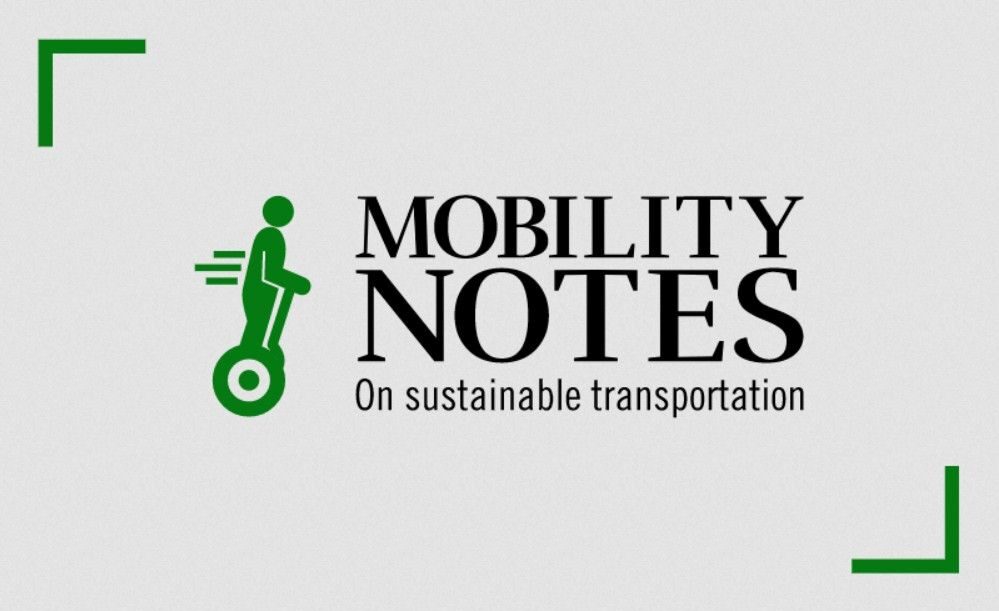![]()
California Clean Cars 2.0 : Emission standards beyond 2025
Based on workshops held by California’s Air Resource Board (CARB)
Background
California has the world’s toughest gas emissions standards for light-duty vehicles. The standards phase-in to 30 mg/mi of combined non-methane organic gases (NMOG) and nitrogen oxides (NOx) by 2025. CARB is now considering tightening these and other standards even more beyond 2025, while also promoting reduced fuel consumption and electrification of the fleet. A few key takeaways follow.
Key Takeaway (1)
California is not messing around with Gov. Newson’s executive order to phase out combustion engines by 2035. However, current targets will allow plug-in hybrids to be sold beyond 2035 (in addition to full electrics)
Key Takeaway (2)
The move to regulate the non-ZEV portion of the fleet is a good one. It ensures that even with increasing number of EVs in the fleet, the rest of the ICE powered vehicles will continue to get cleaner.
Key Takeaway (3)
While CARB mentions that particulate reductions are a priority, the current set of changes only further reduce these under US06 cycle and for plug-in hybrids. There is no change in PM limit on the FTP cycle below 1 mg/mi. It remains to be seen whether the ACC 2.0 standards will be stringent enough to require GPF addition to passenger cars like in Europe and China.



